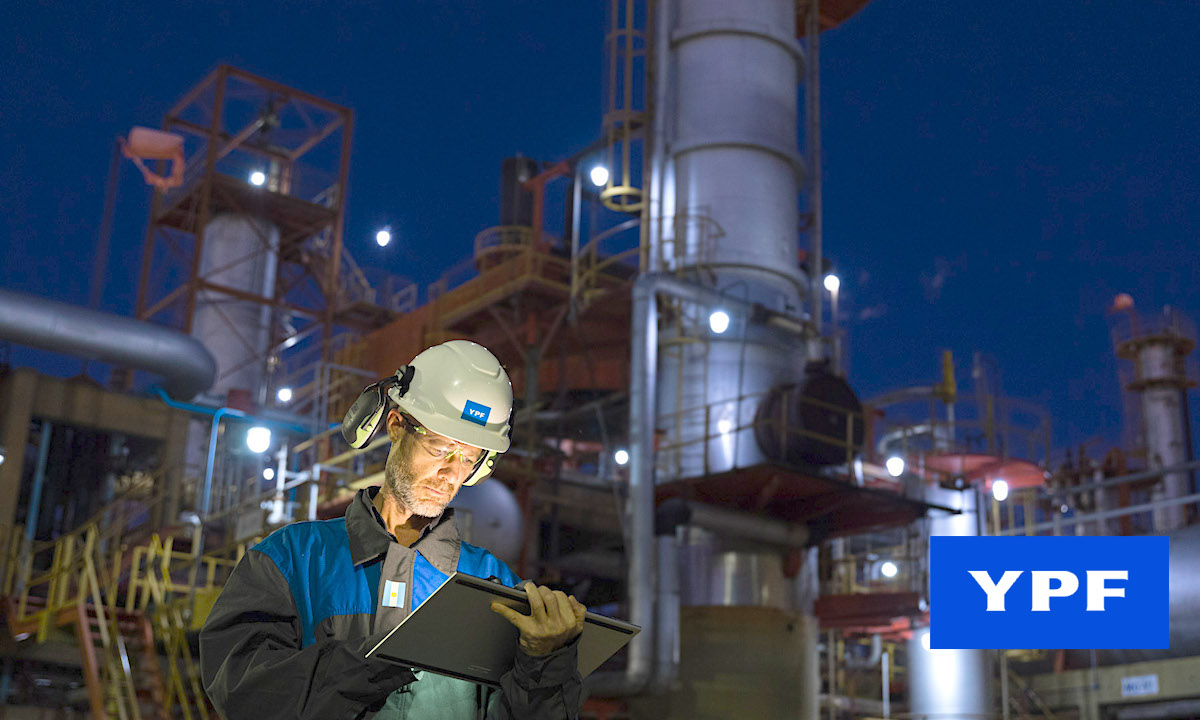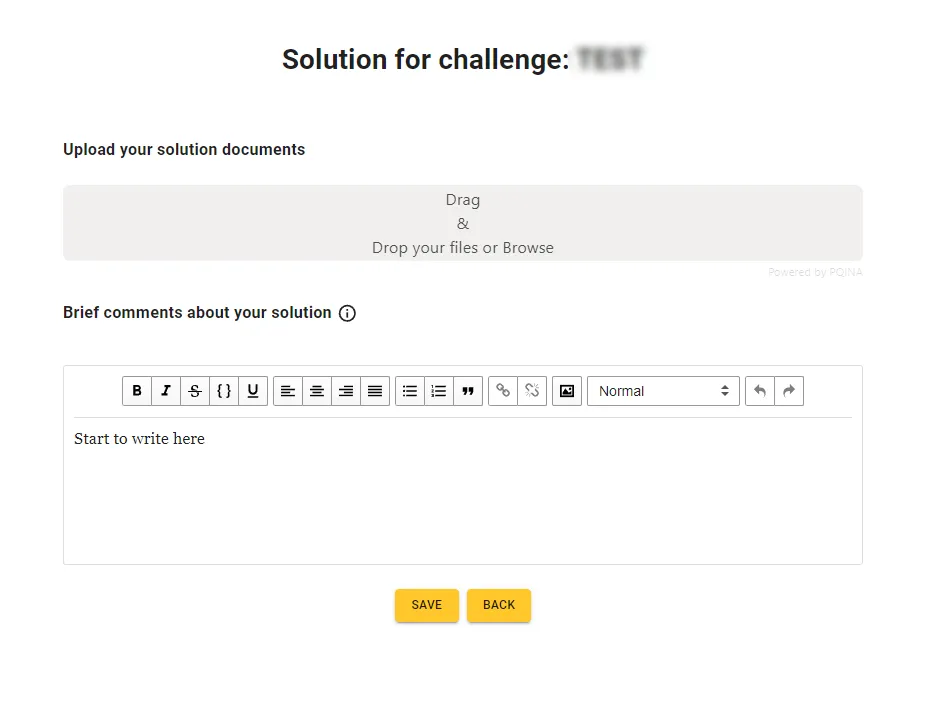Background
YPF is an Argentine energy company dedicated to the exploration, exploitation, distillation, distribution and production of gas, oil and hydrocarbon derivatives and sale of fuels, lubricants, fertilizers, plastics and other industry-related products.
It is one of the largest companies in Argentina and one of the most important oil companies in the region, employing directly or indirectly more than 100,000 people from all over the country. It has three refineries, located in La Plata (Buenos Aires), Lujan de Cuyo (Mendoza) and Plaza Huincul (Neuquén).
The challenge
Maintenance operations in refineries and other ancillary facilities are diverse and complex; such activities are carried out in an environment not free from multiple hazards.
An asset criticality analysis is used to define strategies for asset conservation, with the objectives of maximizing results and minimizing maintenance OPEX. This analysis defines which type of maintenance should be implemented as a strategy for each asset (however, these are complementary and not exclusive of each other).
There are three types of maintenance:
- Preventive (planned in advance) according to the description of manuals and own experience, included in the company’s SAP.
- Condition-based, based on on-site inspections and readings using multiple tools, which allow online or periodic monitoring of asset health status.
- Corrective, when alerts are detected, without a prior time to plan.
Maintenance workers have a personal card to enter the plant through a digital control system and later receive supervisor's signed permits on paper to authorize the start of operations and the final review of the transaction.
While the connectivity at the plant is good, maintenance activities are secured in a traditional way, with multiple permits and paperwork, making operations inefficient and not robust. In addition, real-time information is not available in case of an emergency.
In this context, YPF wants to move towards digital processes to strengthen the safety of both the people involved and the facilities throughout the entire process, from entering the plant to exiting.
What YPF is looking for
YPF is looking for a digital solution to automate safety controls in maintenance processes, for example:
- Authorize entry and stay in specific restricted areas of the plant. Control of area permits and non-compliance alerts.
- Authorize start of operations on equipment, e.g. maintenance work on a previously isolated equipment.
- Operating mode of equipment, in production or test mode, e.g. after maintenance intervention.
- Approval of the work carried out for release to production.
- Locate people in areas affected by unplanned safety events or accidents for efficient response and rescue.
- Alerts and reports based on business rules, to be defined.
The system could later evolve and incorporate more functionalities and devices such as the monitoring of the vital signs of workers to detect symptoms of health risk and plant location to take preventive measures in real time.
We expect the solution provide different technologies in terms of SW (APP, etc.), HW (e.g. wristbands or watches, equipment pads) or communications, which allow for e.g. :
- Identification and authorization of key personnel and assets.
- Traceability of security in relation to the location and movement of people and equipment, isolation, commissioning, etc.
The system will be applied to those equipment requiring safety control and to workers according to several factors, e.g. their qualification, training certifications, etc.
This solution should be able to integrate with other systems, in particular:
- Maintenance management systems, SAP PM and other alert notification and work order systems used for maintenance operations, including maintenance planning and programming and use of human and technical resources.
The system should be integrated with the card-based system used to enable plant entry to maintenance contractors.
We are open to specific safety solutions, maintenance management solutions or others that can support the requirements.
Deliverables
Participants should deliver a PDF including:
- The proposed solution, with a working model description, needed equipment specs (with brochures, photos, drawings, sketches...), required investments and expected results
- A proposal for a pilot test, to validate the proposed solution, at one of YPF’s existing refineries, including:
- Approach for pilot test, scope, minimum equipment /installations required, estimated duration, project phases and required level of support.
- Budget, to be defined by the solver (a priori will be considered 20,000 USD of reference budget for the pilot). The proposed budget will be evaluated according to the proposal and is not limited to this reference amount but to what is justified by the supplier proposal.
- Approach for scaling the solution in the company and estimated costs in the case of becoming a supplier of the solution.
You can also add attachments to support your solution, please upload them compressed in ZIP format.
Evaluation criteria
Submissions will be assessed according to the following criteria:
- Fulfillment of solution requirements
- Robust controls and traceability
- Simplicity of use
- Simplicity of implementation.
- Lower estimated solution costs.
The selected finalists may have a meeting with the client to present and defend their proposal.
Challenge calendar
This is a single round challenge with the following calendar:
- 6 weeks for submissions (deadline by 11th of November 2024)
- 4 weeks for the evaluation by YPF
Intellectual Property
Participants will retain their intellectual property rights in their proposals.



